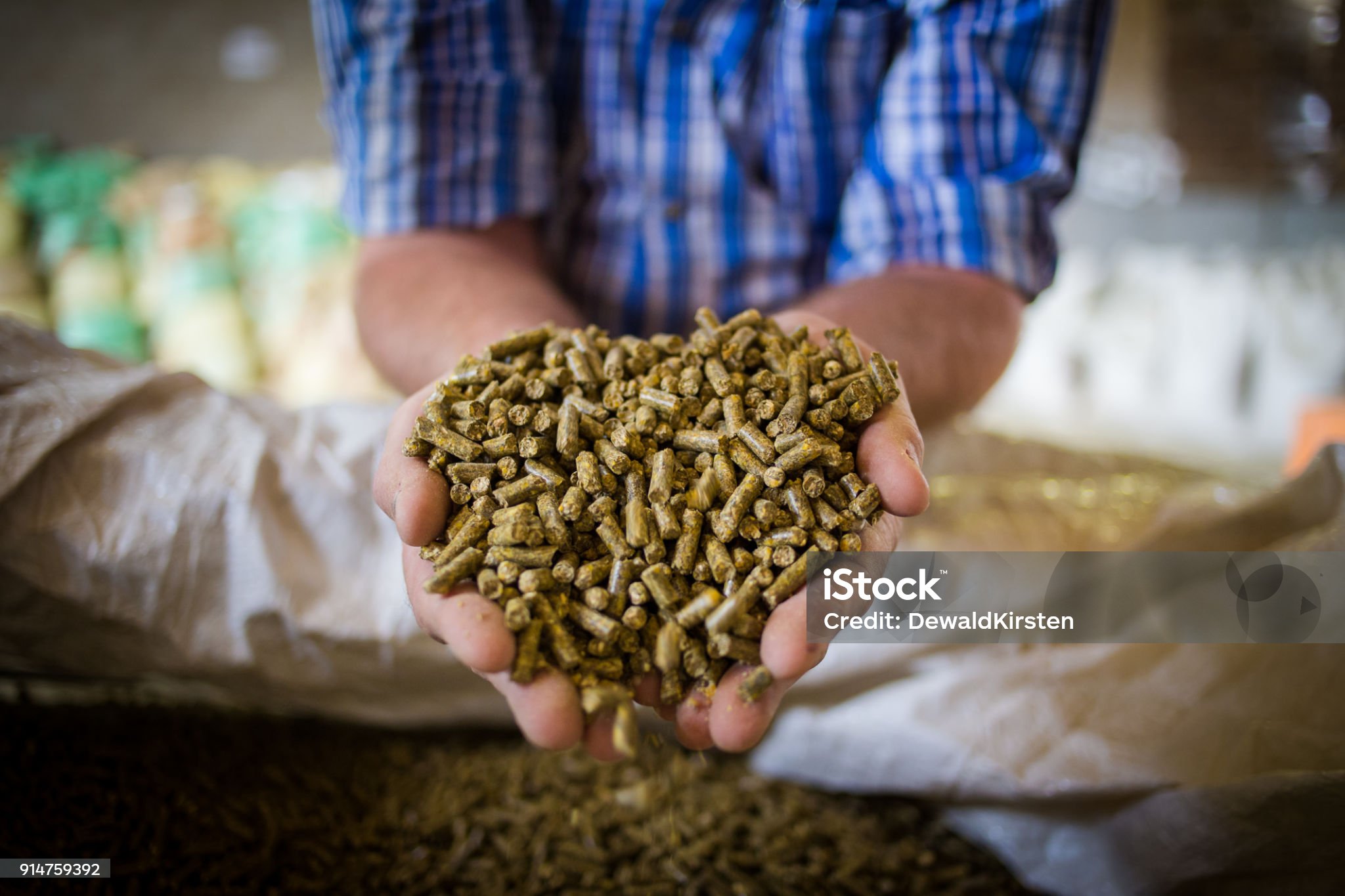sharingseo
Thank you for reading this post, don't forget to subscribe!Keys words.
Capital structure, profit, Indonesian stock exchange.
Introduction.
The capital structure is defined as the mix of debt and equity that
the firm uses in its operation. The capital structure of the firm is
a mixture of different securities. In general, firms can choose
among many alternative capital structures. For example, firms
can arrange lease financing use warrants issue convertible
bonds, and sign forward contracts or trade bond swaps. Firms
can also issue dozens of distinct securities in countries’
combinations to maximize overall market value. By
distinguishing between the observed debt ratios and estimates
of the implied optional level this paper attempts to empirically
determine the factors affect that the optimal debt levels. In so
doing, we are also able to capture the dynamics of capital
structure adjustments if firms do indeed move towards optimal
debt ratios and the speed with which they do that. The data used
in this sample of 122 U.K. firms observed during 1990 _and 1996
and 438 US firms observed during 1989_1996. The data is
suitable for analysis of the firm’s heterogeneity in both levels
and adjustment in capital structure. A company will be dominant
in choosing to use as its main capital rather than having to use
loan capital. The advantage that can be obtained from the use if
own capital is that there is no interest expense but, in the
country, loan capital has interest costs debt interest can be a
deduction for corporate taxes, while the loss 1can obtained from
using debt is the amount of risk that must be borne if the
company is unable to fulfill its obligations in paying debt. Capital
issues will cover both efforts to obtain, provide, and use the
capital needed by the company most effectively and efficiently.
The interest rates are since the introduction of Plano the main
instrument of the monetary policies being used to cease any
threat of retaking of the inflationary process and to attract
external investments which are essential to the equilibrium of
the balance of payments. The effect on the companies happens
in varied ways standing out on one side the elevation of the cost
of the financing and the other hand, inhibiting the sales given the
fall in the economic activity producing a combined effect of
elevation of the degree of uncertainty.leverage is decreasing in lagged liquidity, and leverage varies
negatively with an external finance weighted average. The
findings of this paper show a positive relationship between
short-term debt to total assets and profitability. Long-term debt
to total assets and profitability, long-term debt to total assets,
and between total debt to total assets and profitability in the
manufacturing industry.
Research methods.
The study sampled all firms that have been listed on the GSE over
five years. Twenty years firms qualified to be included in the
study sample. Variables used for analysis include profitability
and leverage ratios. Profitability is operationalized using a
commonly used accounting measure the ratio of earnings before
and taxes (EBIT) to equity. The leverage ratios used include.
- Short-term debt to total capital
- Long-term debt to total capital
- Total debt to total capital
The purpose of this research is to contribute toward a very
important aspect of financial management known as capital
structure concerning Jordan. Here the relationship between
capital structure practices and their effect on the profitability
of industrial Jordanian firms listed on the Amman stock
exchange for a period of six years from 2004 to 2009 will be
examined. This section discusses the firms and variables
included in the study, the distribution patterns of data, and
applied statistical techniques in investigating the relationship
between capital structure and profitability. To measure
profitability-dependent variables. We used earnings before
interest, tax, and extraordinary income scaled by total owner
equity denoted as ROE as a proxy for the firm’s profitability.
The results from regression indicate a significantly positive
association between DA and profitability. The significantly
positive regression coefficient for total debt implies that an
increase in the debt position is associated with an increase in
profitability again this suggests that profitable firms depend
more on debt as their main financing option. These results
also show a positive relationship between the control variable
and profitability.
Results and discussion.
This study’s results reveal a significantly negative relationship
between debt and profitability. These findings imply that an
increase in debt position is associated with a decrease in
profitability thus the higher the debt the lower the
profitability of the firm. The results also show that profitability
increases with the control variables’ size and sales growth. The
findings of this paper contradict prior empirical studies like
Abor. This may be because of the economic downturn of
Jordan during the economic downturn sales levels tend to go
down which causes cash inflow problems for organizations.
This in turn will reduce default risk and will minimize losses for
the lending institution. Lastly, we say that capital is the most
powerful tool in every aspect of life and every step of our life.
Reference.
- Abor, J., (2005). “The effect of capital structure on
profitability: an empirical analysis of listed firms in
Ghana.” - Myers, S.C. & Majluf, N.S., (1984). “Corporate financing and
investment decisions when firms have information.
that investors do not have”. Journal of Financial Economics, 13,
pp. 187-221.
Rahman, A., B. Zulfiqar, and Mustafa. (2007). “Capital Structure
and Profitability.
Exchange”. International Review of Business Research Papers,
3 (5), pp.347–61.
3.Sarkar, S., and F. Zapatero. (2003). “The Trade-Off Model with
Mean Reverting Earnings: Theory and Empirical
Tests”. The Economic Journal, 113 (490), pp. 834–60. - Champion, D. (1999), “Finance: the joy of leverage”, Harvard
Business Review, Vol. 77 No. 4,
pp. 19-22.
5.Chittenden, F., Hall, G. and Hutchinson, P. (1996), “Small firm
growth, access to capital markets
and financial structure: a review of issues and an empirical
